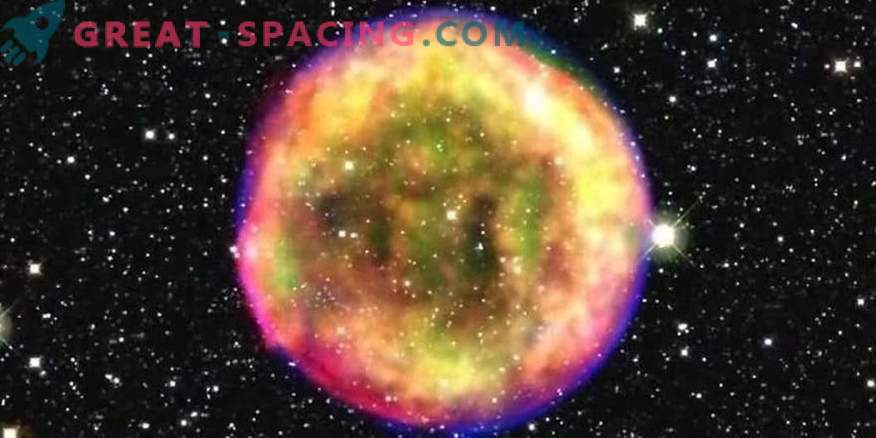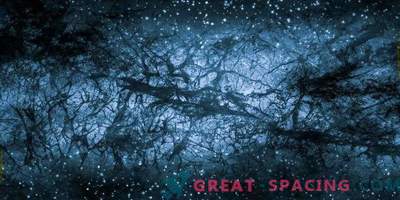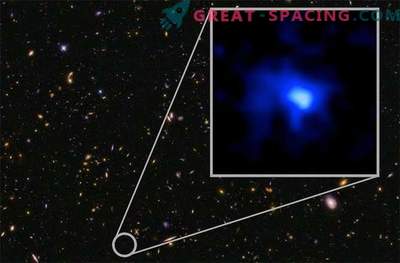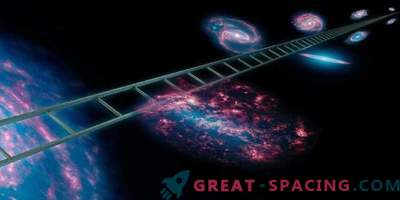
Using the power and synergy of two space telescopes, scientists performed the most accurate measurements of the rate of expansion of the universe. These results further aggravate the discrepancy between the measurements of the expansion rate of the nearest Universe and the original, when galaxies and stars did not exist yet.
Tension hints that a completely new physics may lie at the basis of the entire universe. Among the possibilities are the power of dark matter, dark energy or an unknown new particle. The combined observation of the Hubble Space Telescope (NASA) and the Gaia Space Observatory (ESA) showed an improved value of the Hubble constant. This is the speed at which space expands 13.8 billion years ago since the Big Bang.
But accurate measurements still contradict the Planck Observatory, which measured the state of the universe 360000 years after the Big Bang. There is an imprint of this event encoded in microwaves all over the sky. Planck measured the parameters of ripples in relic radiation, caused by minor disturbances in the giant fireball. Small details show the amount of dark matter and normal, the trajectory of the universe at the moment and other cosmological parameters.

Using the two most powerful space telescopes in the world (Hubble and Gaia), scientists made the most accurate measurements of the rate of expansion of the Universe. To do this, it was necessary to calculate the distance between neighboring galaxies using variable cepheids. By comparing their internal brightness with the apparent, researchers can determine the distance. Gaia further refines this criterion by geometrically measuring the distance to variable Cepheids in the Milky Way
These measurements predict when the early Universe began to expand at its present speed. But the predictions do not fit the new dimensions. In 2005, members of the SHOES team decided to determine the exact rate of expansion of space. Over the years, methods have improved and now the indicator gives accuracy up to 2.2%.
Hubble's constant is needed to determine the age of the Universe, so this is an important topic for cosmologists. The indicator was named after astronomer Edwin Hubble, who almost a century ago revealed that the space is expanding evenly in all directions. It seems that galaxies recede from Earth in proportion to their distances. That is, the further they are, the faster they move away. The exact value of the constant will allow you to create a picture of cosmic evolution, to derive the composition of space and give a clear prediction of the final. Using data from Hubble and Gaia, scientists measured the current rate of expansion at 73.5 km per second per megaparsec. That is, for every 3.3 million light years from us, the galaxy is moving 73.5 km / s faster. But the Planck data shows that the expansion reaches only 67 km / s per megaparsec.
To determine the distance between neighboring galaxies, the researchers used pulsating stars - variable cepheids, whose speeds correspond to the internal brightness. Gaia further refined these criteria by geometrically measuring distances of up to 50 Cepheid variables in the Milky Way. Combining with the Hubble data allowed astronomers to more accurately calibrate Cepheids and use them as distance markers.
The goal of the team is to work with Gaia to overcome the Hubble constant refinement threshold to a value of 1% by the beginning of the 2020s.











































